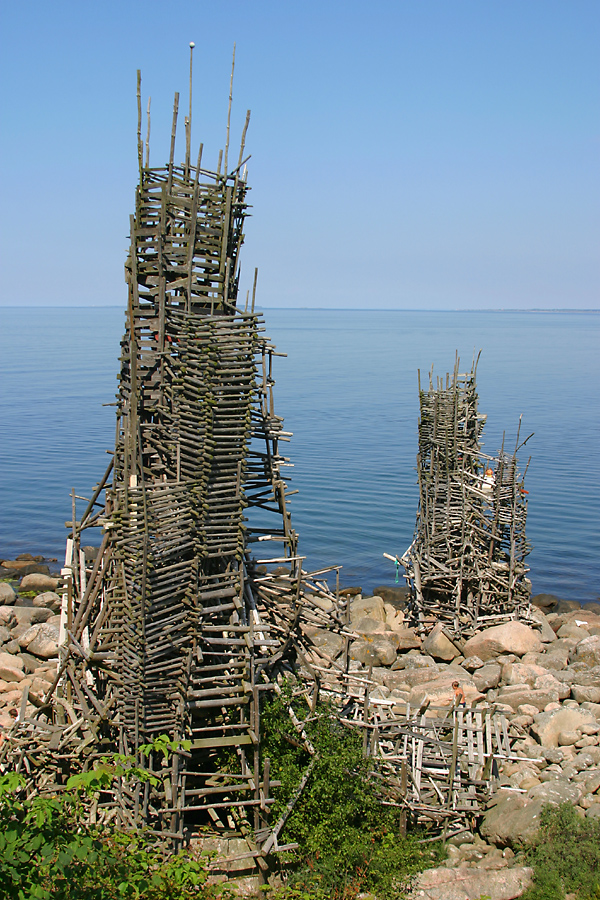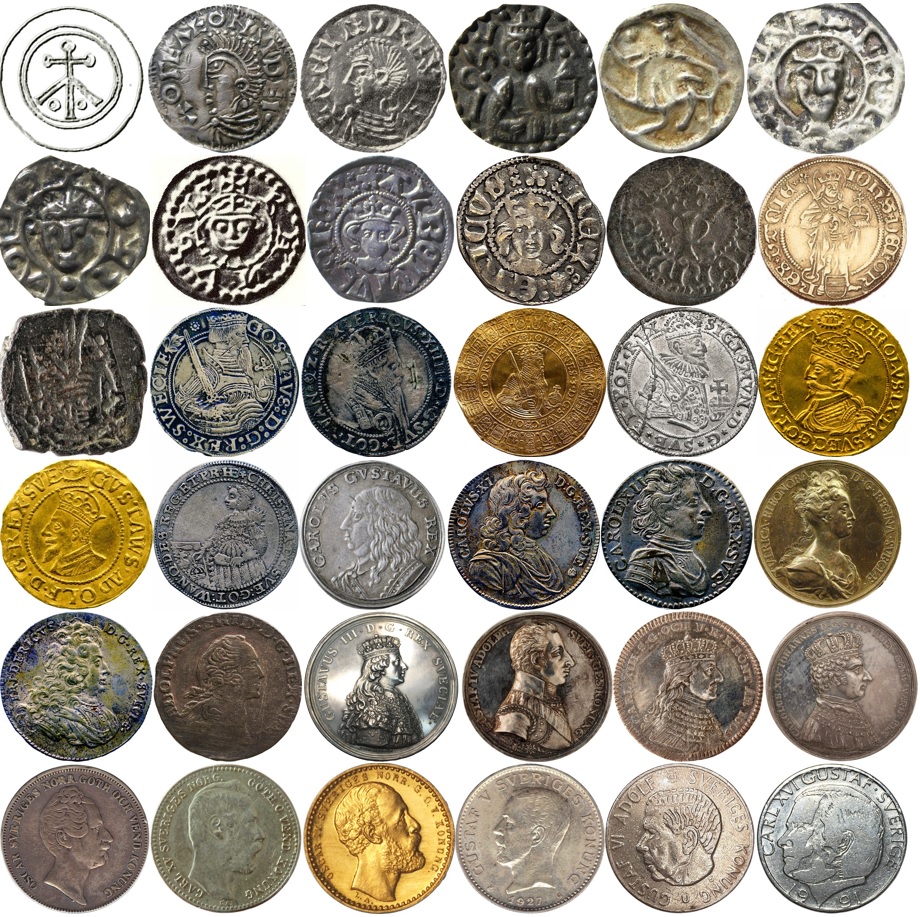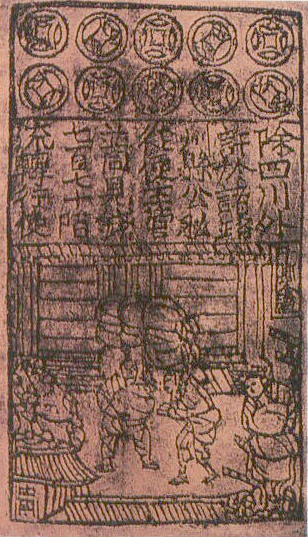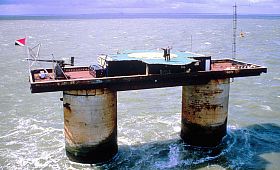|
örtug
Örtug or ortig (Finnish: ''äyrityinen'', ''aurto'' or ''aurtua'') was a Middle Ages, medieval currency unit in Sweden. It was originally minted as a silver coin in 1370 during the reign of king Albert, King of Sweden, Albert of Sweden. The coin weighed about 1.3 grams and consisted of 81% silver. As time passed, the örtug was debasement, debased: during the reign of Eric of Pomerania, the örtug contained 0.88 grams of silver; under Christian I of Denmark, Christian I, 0.7 grams; and in 1534 only 0.54 grams of silver. During the reign of Gustav I of Sweden, Gustav Vasa (1523–1560), the monetary system of Sweden was reformed: an örtug was now subdivided into 12 pennings, not 8 as before, while still valued as one third of an öre. Örtug coins were struck during the years 1523–1534; 1535–1540 in Stockholm; 1528–1531 in Västerås and 1589–1589 in Stockholm and Uppsala. Production ceased after another monetary reform in 1776. The örtug is also used as the official n ... [...More Info...] [...Related Items...] OR: [Wikipedia] [Google] [Baidu] |
Swedish Penning
The penning or penny was the Swedish variant of the Norwegian penning that was minted from about 1150 until 1548, and which remained as a unit of account in Sweden until 1777. Originally, penning was first minted in Norway by the kings of Norway, Norwegian king Olaf Tryggvason from the year 995, and was later adapted in both Sweden and Denmark as a coin system. The penning was minted in imitation of the Penny, pennies, pfennig and Denier (coin), deniers issued elsewhere in Europe. However, although based on these coins, the accounting system was distinct, with different systems operating in different regions. All used the ''öre'' (derived from the Latin ''aureus'') which was worth 1/8 of a Mark (money), mark or 3 örtugar. However, in Svealand, one öre was worth 24 penningar, but in Götaland it was worth 48 penningar and 36 in roughly the Diocese of Linköping and on Gotland. Around 1300, by royal command, the Svealand standard became the national standard, except on Gotland. The ... [...More Info...] [...Related Items...] OR: [Wikipedia] [Google] [Baidu] |
Ă–re
Öre () is the centesimal subdivision of the Swedish krona. In the Swedish language, the plural of ''öre'' is either ''öre'' (indefinite) or ''ören'' (definitive). The name ''öre'' derives from the Latin word ''aereus/aurum'', meaning gold Gold is a chemical element; it has chemical symbol Au (from Latin ) and atomic number 79. In its pure form, it is a brightness, bright, slightly orange-yellow, dense, soft, malleable, and ductile metal. Chemically, gold is a transition metal .... The corresponding subdivisions of the Norwegian and Danish krones are called øre. Öre coins have been withdrawn since 2010, but the unit remains. History During the Middle Ages, the öre was a unit of Swedish currency equal to 1/8 of a '' mark'', 3 '' örtugar'' or either 24, 36 or 48 '' penningar'' (depending on the geographical area in which it was used). It was already a unit of account in the 11th century, but was not minted as a coin until 1522. This öre was withdrawn in 1776, ... [...More Info...] [...Related Items...] OR: [Wikipedia] [Google] [Baidu] |
Lars Vilks
Lars Endel Roger Vilks (20 June 1946 – 3 October 2021) was a Swedish visual artist and activist who was known for Lars Vilks Muhammad drawings controversy, the controversy surrounding his drawings of Muhammad. Many years earlier he had created the sculptures ''Nimis (artwork), Nimis'' and ''Arx'', made of driftwood and rock, respectively. The area where the sculptures are located was proclaimed by Vilks as an independent country, "Ladonia (micronation), Ladonia". Early life and academic career Vilks was born in Helsingborg, Sweden. His second given name Endel was Estonian, given by his father Eino Vilks who was of Estonian and Latvian descent. His mother was Swedish. He earned his Doctor of Philosophy, doctoral degree in art history from Lund University in 1987, and worked at the Oslo National Academy of the Arts from 1988 to 1997. From 1997 to 2003, he was a professor in art theory at the Bergen National Academy of the Arts. As an art theorist, Vilks was a proponent of the i ... [...More Info...] [...Related Items...] OR: [Wikipedia] [Google] [Baidu] |
Medieval History Of Sweden
In the history of Europe, the Middle Ages or medieval period lasted approximately from the 5th to the late 15th centuries, similarly to the post-classical period of global history. It began with the fall of the Western Roman Empire and transitioned into the Renaissance and the Age of Discovery. The Middle Ages is the middle period of the three traditional divisions of Western history: classical antiquity, the medieval period, and the modern period. The medieval period is itself subdivided into the Early, High, and Late Middle Ages. Population decline, counterurbanisation, the collapse of centralised authority, invasions, and mass migrations of tribes, which had begun in late antiquity, continued into the Early Middle Ages. The large-scale movements of the Migration Period, including various Germanic peoples, formed new kingdoms in what remained of the Western Roman Empire. In the 7th century, North Africa and the Middle East—once part of the Byzantine Empire—came und ... [...More Info...] [...Related Items...] OR: [Wikipedia] [Google] [Baidu] |
Economic History Of Sweden
The economic history of Sweden, since the Iron Age, has been characterized by extensive foreign trade based on a small number of export and import commodities, often derived from the widely available raw materials iron ore and wood. An industrial expansion in the latter half of the 19th century transformed the society on many levels. Natural-resource-rich regions benefited from the First Industrial Revolution. A growth surge in Sweden later benefited virtually the whole country during the Second Industrial Revolution. It fostered a broad export-oriented engineering industry with companies such as LM Ericsson, Asea, Alfa Laval, Aga, Electrolux, SKF and Volvo reaching well established positions on the global market and becoming drivers of GDP growth. In addition to engineering, the pulp and paper, steel, and chemical industries developed to reach international prominence. By the 1970s, Sweden had become one of the wealthiest nations of the world. The growth slowed down du ... [...More Info...] [...Related Items...] OR: [Wikipedia] [Google] [Baidu] |
Currencies Of Sweden
A currency is a standardization of money in any form, in use or circulation as a medium of exchange, for example banknotes and coins. A more general definition is that a currency is a ''system of money'' in common use within a specific environment over time, especially for people in a nation state. Under this definition, the British Pound sterling (£), euros (€), Japanese yen (¥), and U.S. dollars (US$) are examples of (government-issued) fiat currencies. Currencies may act as stores of value and be traded between nations in foreign exchange markets, which determine the relative values of the different currencies. Currencies in this sense are either chosen by users or decreed by governments, and each type has limited boundaries of acceptance; i.e., legal tender laws may require a particular unit of account for payments to government agencies. Other definitions of the term ''currency'' appear in the respective synonymous articles: banknote, coin, and money. This article use ... [...More Info...] [...Related Items...] OR: [Wikipedia] [Google] [Baidu] |
Nordisk Familjebok
(, 'Nordic Family Book') is a Swedish language, Swedish encyclopedia that was published in print from between 1876 and 1993, and that is now fully available in digital form via Project Runeberg at Linköping University. The public domain editions of the encyclopedia remain important reference works in Finland, especially on Finnish Wikipedia. History First edition began when Halmstad publisher hired an editor, linguist , in 1874 to publish a six-volume encyclopedia. Linder drew up a plan for the work, designed the editorial team and created a large circle of experts and literary figures, who submitted article proposals and wrote and reviewed them. Under Linder's direction, the articles were then edited to make them as formal, consistent and accurate as possible. Much attention was paid to Nordic subjects, mainly Swedish and Finnish, where sources and models were often lacking, so extensive and time-consuming pioneering work had to be done. As a result, the earlier plan f ... [...More Info...] [...Related Items...] OR: [Wikipedia] [Google] [Baidu] |
Mark (money)
The mark was a currency or unit of account in many states. It is named for the mark unit of weight. The word ''mark'' comes from a merging of three Germanic words, Latinised in 9th-century post-classical Latin as ', ', ' or '. It was a measure of weight mainly for gold and silver, commonly used throughout Europe and often equivalent to . Considerable variations, however, occurred throughout the Middle Ages. the only circulating currency named "mark" is the Bosnia and Herzegovina convertible mark. List of currencies named "mark" or similar "Mark" can refer * to one of the following historical German currencies: ** Since the 11th century: the , used in the Electorate of Cologne; ** 1319: the , minted and used by the North German Hanseatic city of Stralsund and various towns in Pomerania; ** 1502: the , a uniform coinage for the '' Wends'' () Hanseatic cities of LĂĽbeck, Hamburg, Wismar, LĂĽneburg, Rostock, Stralsund, Anklam, among others, who joined the Wends Coinage Uni ... [...More Info...] [...Related Items...] OR: [Wikipedia] [Google] [Baidu] |
Ladonia (micronation)
Ladonia () is a micronation, proclaimed in 1996 as the result of a years-long court battle between artist Lars Vilks and local authorities over two sculptures. The claimed territory is part of the natural reserve of Kullaberg in southern Sweden. History In 1980, artist Lars Vilks began construction of two sculptures, ''Nimis (artwork), Nimis'' (Latin for "too much", a structure made of 75 tonnes of driftwood) and ''Arx'' (Latin for "fortress", a structure made of stone), in the Kullaberg nature reserve in north-west SkĂĄne, Sweden. The location of the sculptures is difficult to reach, and as a consequence they were not discovered for two years, at which point the local council declared the sculptures to be buildings, the construction of which was forbidden on the nature reserve, and demanded that they should be dismantled and removed. Despite the confrontations with the local council, a large percentage of the local community supports the sculptures, especially people working in ... [...More Info...] [...Related Items...] OR: [Wikipedia] [Google] [Baidu] |
Micronation
A micronation is a polity, political entity whose representatives claim that they belong to an independent nation or sovereign state, but which lacks legal recognition by any sovereign state. Micronations are classified separately from list of states with limited recognition, de facto states and quasi-states; they are also not considered to be autonomous administrative division, autonomous or self-governance, self-governing as they lack the legal basis in international law for their existence. The activities of micronations are almost always trivial enough to be ignored rather than disputed by the established nations whose territory they claim—referred to in micronationalism as ''macronations''. Several micronations have issued coins, flags of micronations, flags, postage stamps, Fantasy passport, passports, medals and other state-related items, some as a source of revenue. Motivations for the creation of micronations include theoretical experimentation, political protest, ar ... [...More Info...] [...Related Items...] OR: [Wikipedia] [Google] [Baidu] |




